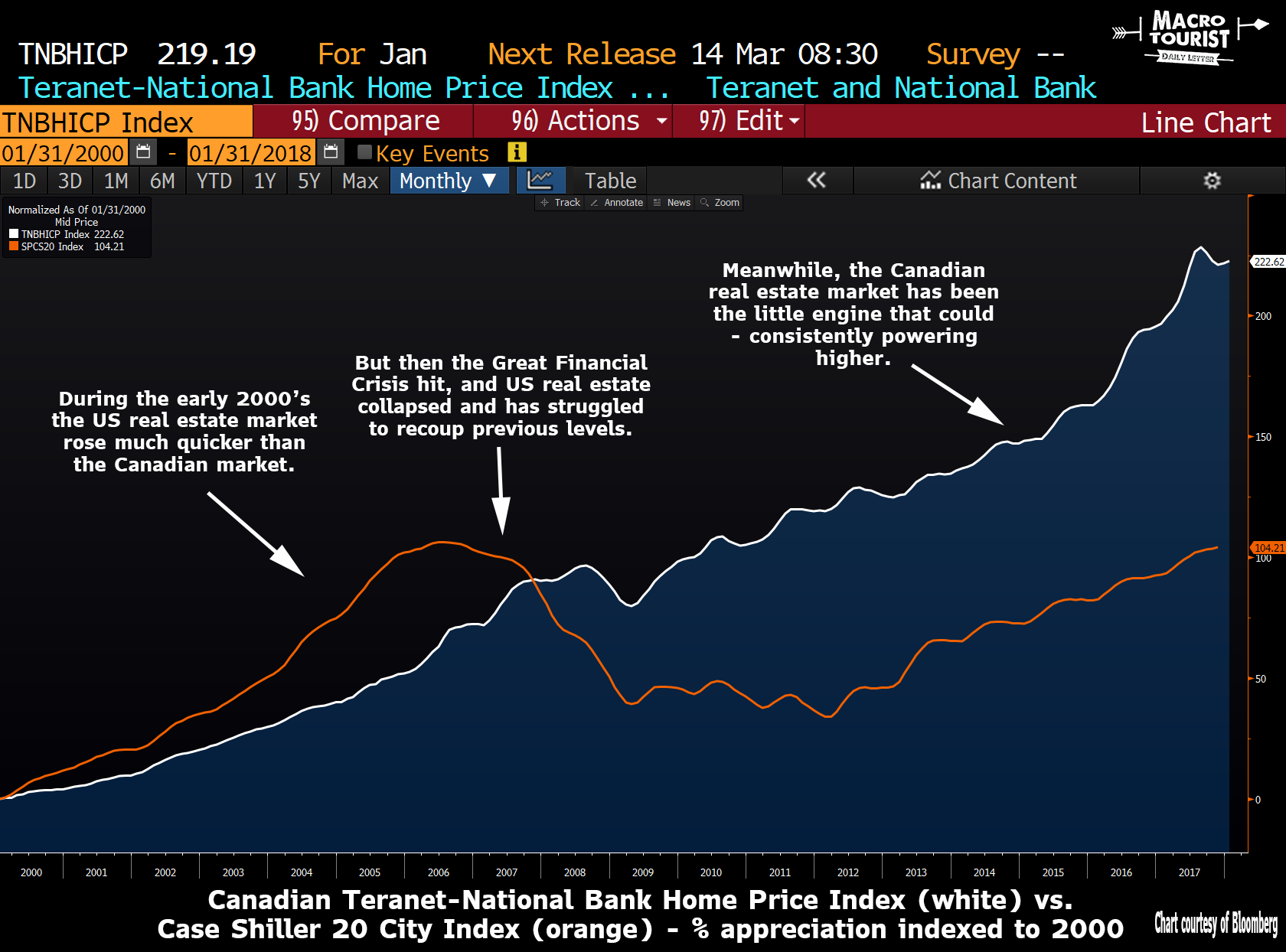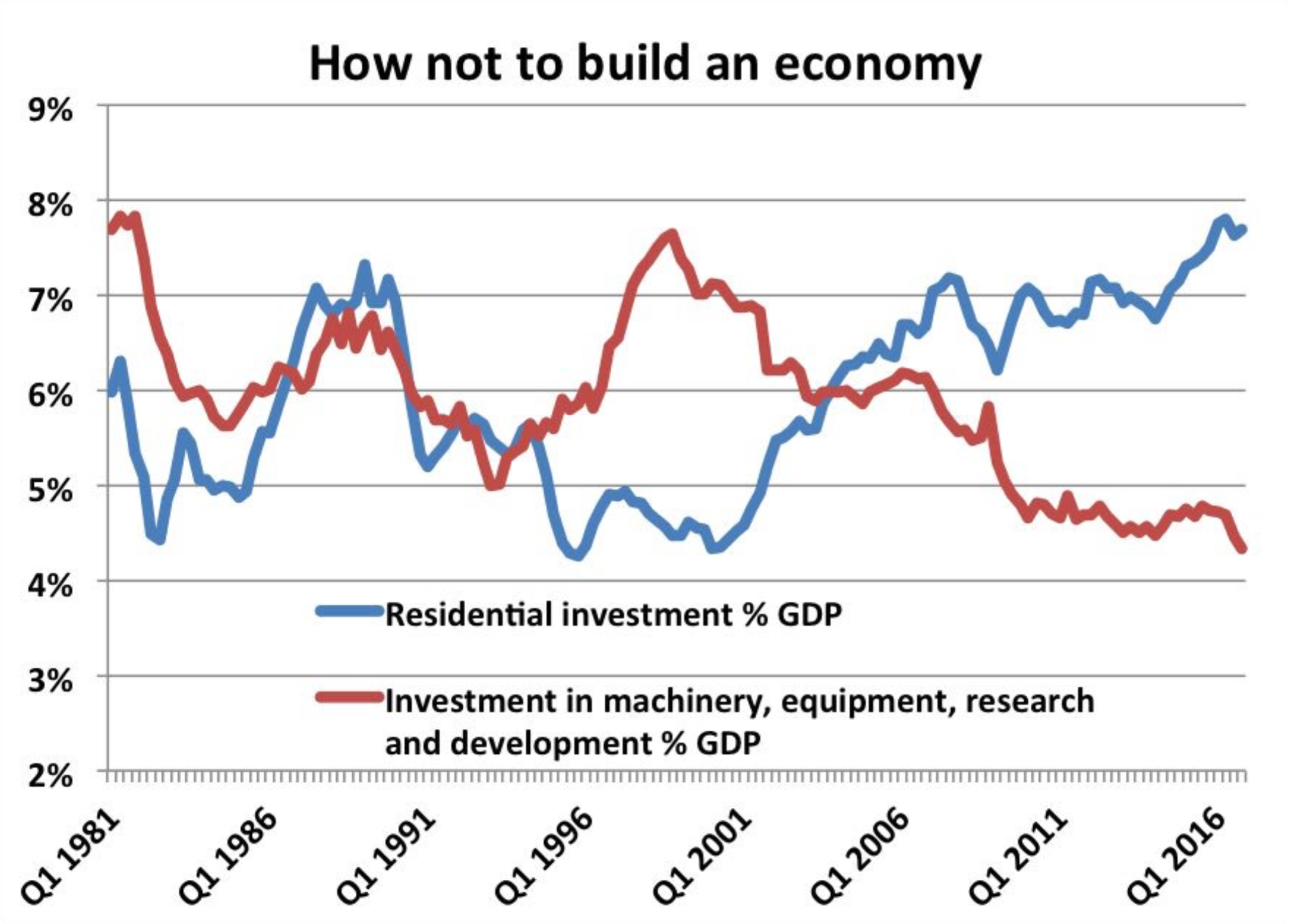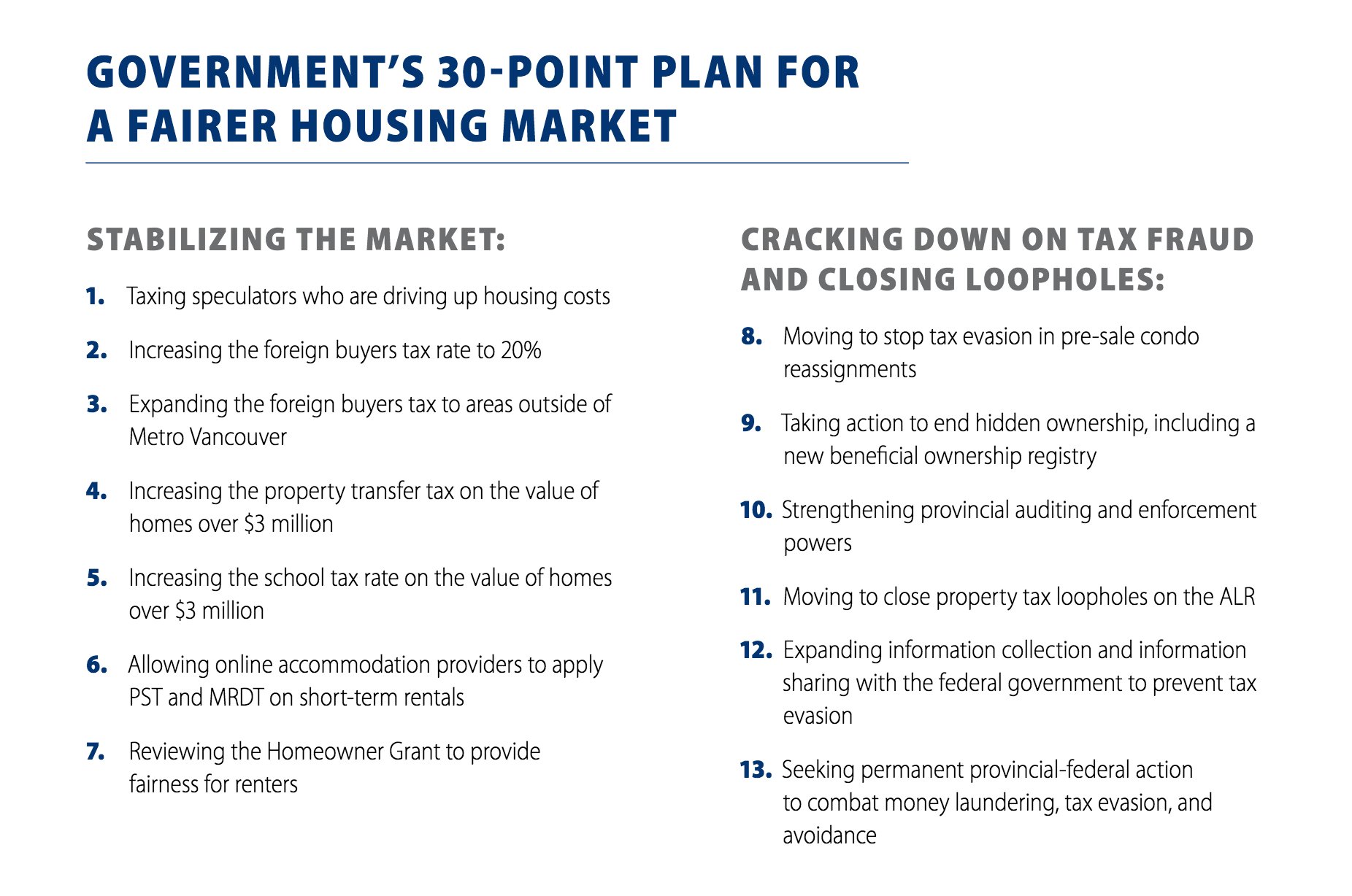Owners of Manhattan’s commercial real-estate might soon begin to regret their decision to hike rents to absurdly high levels in the hope of attracting the next Chase, Bank of America or Duane Reade capable of paying their extortionate prices.
As Bloomberg reports, owners of prime retail storefronts in the heart of Soho – a trendy shopping district in downtown Manhattan – are struggling to find and retain tenants willing to pay the record rents being demanded by landlords.
The Bloomberg story begins by recounting the story of one boutique clothing shop that threatened to vacate its space six years early and just eat its security deposit unless the landlord agreed to a lower rate.
The Kooples, a French clothing seller, is threatening to vacate its space six years ahead of schedule if it can’t get landlord Thor Equities to cut the rent. With brick-and-mortar stores suffering from a retail industry shakeout, the company says it isn’t making enough money at the property and wants to focus on the web.
The scene unfolding on the cobblestones of one of New York’s trendiest shopping areas shows the increasingly fraught negotiations between tenants and landlords as vacancies soar and retail rents plunge. Similar scenarios are playing out along Madison Avenue to the north and along other thoroughfares in the city that have long been a draw for those shopping for designer clothing and other luxury goods. Property owners are confronting demands once unheard of in Manhattan, from rent reductions to short-term leases.
Again and again, we’ve pointed to the stagnant deals and rents in some of Manhattan’s wealthiest and most expensive areas as a sign that the New York real-estate market is heading for a downturn after years of torrid growth in the valuations of residential and commercial real-estate.
According to Bloomberg, after a lull in leasings, landlords are beginning to accept their new reality, according to Patrick Smith, a vice chairman of the retail brokerage at Jones Lang LaSalle Inc. It no longer makes sense to keep rents so high in the hopes of landing one of the few corporate clients willing to pay.
Indeed, “landlords are adjusting the way they do business to market conditions,” Smith said. “It’s healthy. It certainly has stimulated activity.”
Of course, outside of Manhattan, many landlords are struggling with an even more ominous problem: As more brick and mortar retailers close, malls and other commercial storefronts are struggling to find somebody – anybody – who would be willing to fill their vacant spaces.
As a result, American malls are being forced to close, or suffer the indignity that accompanies having so many vacant storefronts.
In Manhattan, home to some of the most valuable retail real estate in the world, a sharp rise in rents following the recession exacerbated the problem, with property owners clinging to unrealistic income expectations. Today, the glut of empty space is taking a toll, pushing landlords to make concessions to plug holes.
Some are signing shorter-term leases to draw tenants that may be reluctant to make long-term commitments. In Soho, Hermes is negotiating a deal at 63 Greene St. that gives the retailer the option to leave after one year, while a few blocks over at 375 West Broadway, Gucci signed a lease that allows it to vacate the space if sales don’t meet expectations after two years, according to people familiar with the deals, who asked not to be identified because terms are private.
Historically, a typical lease term in New York was between 10 and 15 years.
Representatives for Gucci and Hermes didn’t respond to emails seeking comment.
“Landlords, more today than in the past, are coming around to the retailer’s mentality,” said Steve Soutendijk, an executive director at Cushman. Both sides are making calculations on store sales “and how much can they pay in rent. If a store is unprofitable for them, it doesn’t make sense to keep it open.”
To be sure, these issues aren’t confined to downtown – it’s a problem that’s beginning to manifest throughout Manhattan and even in some trendy outer-borough neighborhoods.
Downtown landlords aren’t the only ones caving. On a tony corridor of Madison Avenue on the Upper East Side, an 18,000-square-foot (1,670-square meter) stretch of luxury retail is facing vacancies. Landlord Vornado Realty Trust doesn’t expect tenants including Gucci and Cartier to sign long-term renewals to leases that expire in September given market conditions, according to mortgage documents tied to the property. It’s offering short-term agreements at lower rates to keep the space occupied, the documents show. As of last month, no deals had been struck.
Vornado, which recently paid off its mortgage at the property, declined to comment.
“Landlords have to be open-minded,” said Robert Cohen, a vice chairman at retail brokerage RKF.
In Soho, retail rents in the area have since plunged, dropping 17 percent in the past year to an average of $440 a square foot, the largest decline in all of Manhattan, according to the latest data from Cushman. But across the city, the number of new leases is falling and landlords in both retail and commercial are offering more rent concessions than they have in years.
This might soon translate to a crash in the number of real-estate deals, mirroring a dire situation that’s playing out across the country, as high prices and a paucity of supply caused pending home sales to crash the most since 2010 in January.
via Zero Hedge http://ift.tt/2FazQHp Tyler Durden




















